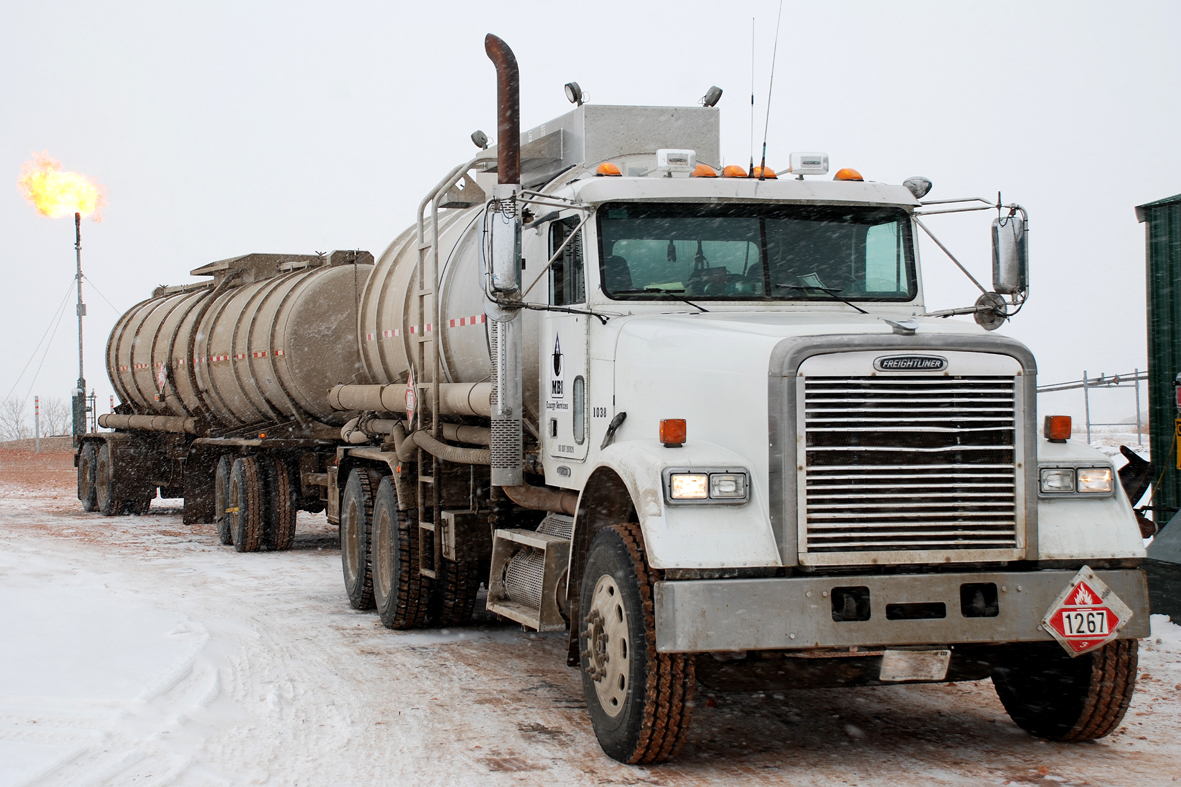According to a new report, hydraulic fracturing or fracking has generated a lot of wealth in Texas. But it’s also taken a toll on the state’s roads. The report from the Academy of Medicine, Engineering and Science of Texas (TAMEST) estimates oil and gas operations in Texas could cause as much as $2 billion in road damage a year. TAMEST is an interdisciplinary scientific organization that includes the state’s nine Nobel laureates.
Around half the nation’s drilling activity happens here in Texas. That means a lot of truck traffic for things like the delivery and disposal of water involved in the fracking process.
John Barton used to work for the Texas Department of Transportation and was part of the TAMEST research team. He says many of the state’s roads can’t handle all the stress caused by heavy trucks.
“In the simplest terms these facilities were never designed or built or maintained with the thought that this type of truck volume would ever exist on these roadways,” Barton says. “So these roads were built for much lower volumes of traffic and much lighter vehicles to be on them. And so, as this development occurred and they saw these significant increases in heavy truckloads the infrastructure for roadways in these areas weren’t really robust enough to support that traffic on a continual basis.”
The results are pavement failures and deterioration. Barton says this is especially true in rural areas of Texas that were part of what is called the fracking boom.
“So a lot of these communities are where you would experience a few vehicles per day and certainly just one or two trucks per day,” Barton says. “And all of a sudden they might be carrying 1,000 to 2,000 trucks per day as they work these wells.”
What’s the solution? TAMEST says that for one thing, if we could better predict new booms in the oil and gas industry, we could better prepare infrastructure, making roads stronger and wider. The group also recommends the state seek ways to transport more via rail, pipeline and waterways.















